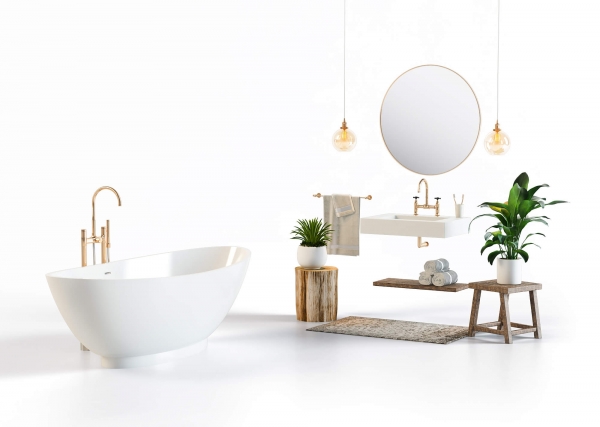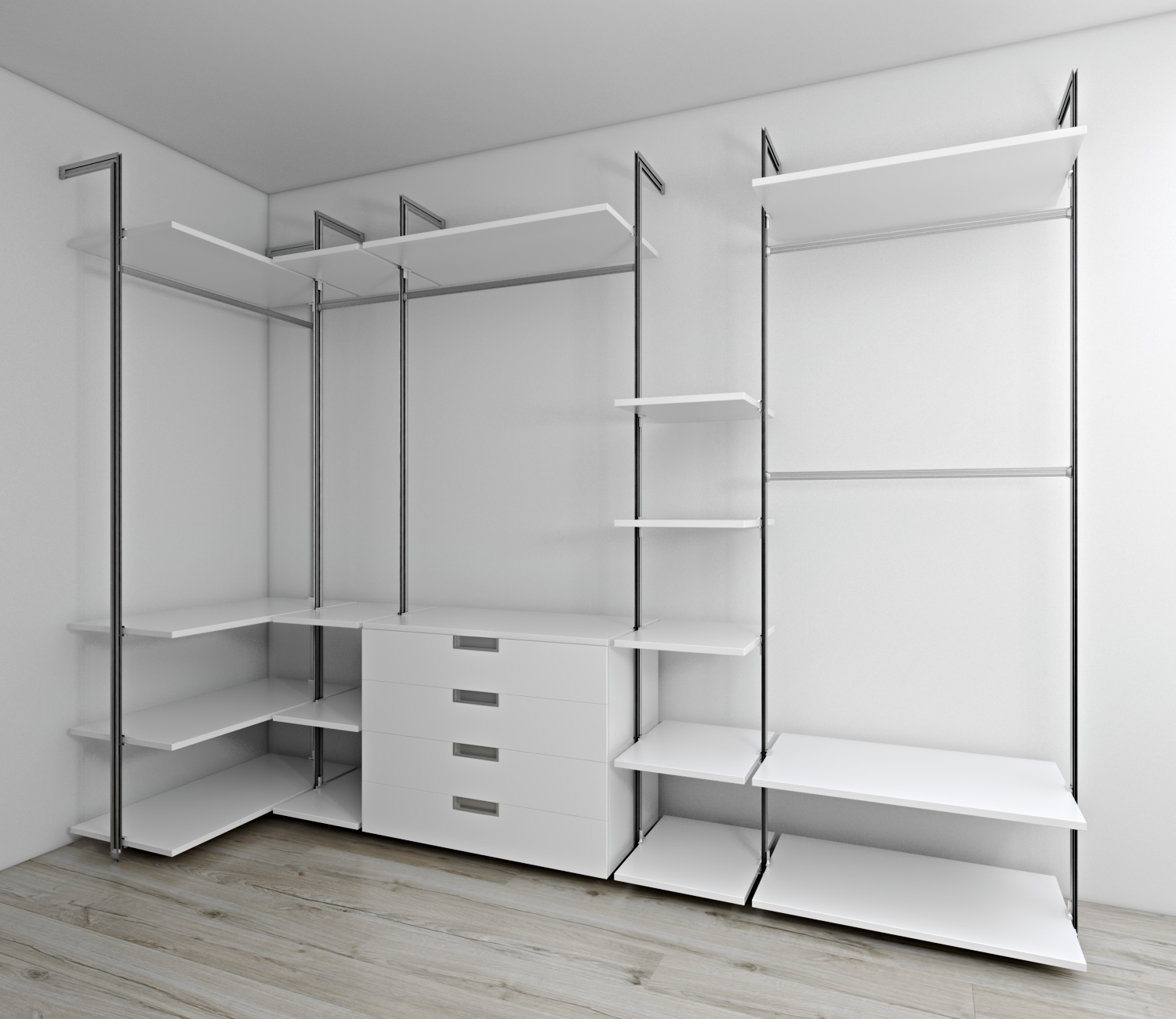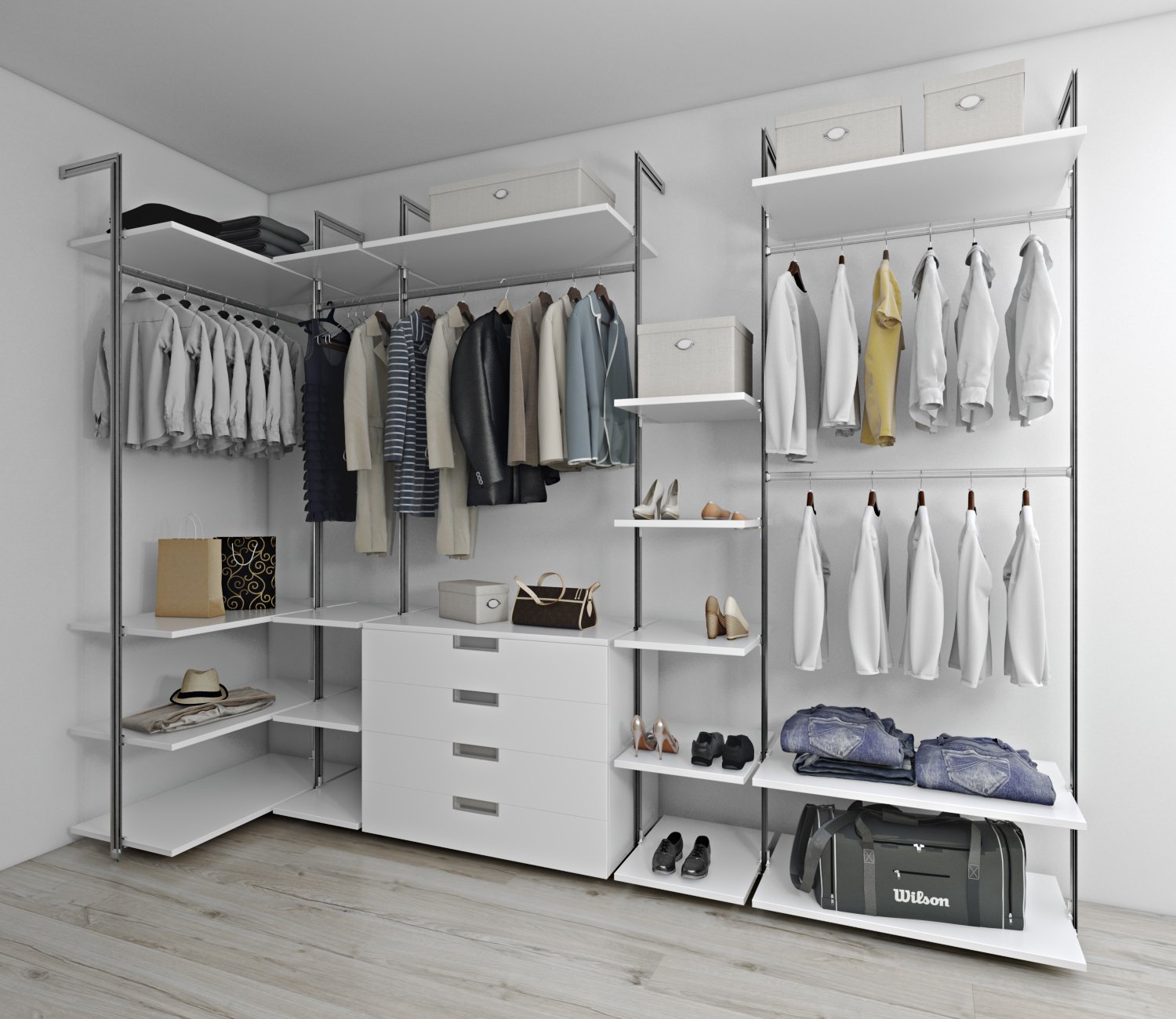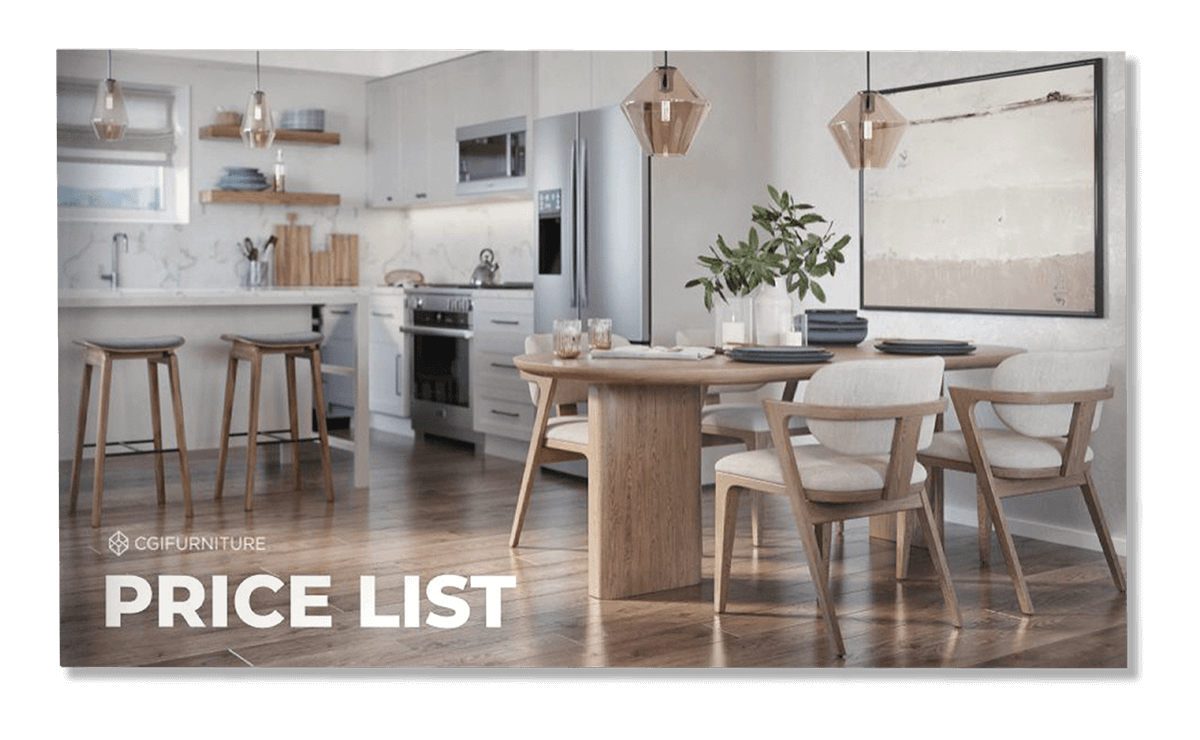Photoreal Product Rendering
Still vs Motion Solutions
To launch a successful promo campaign for a new product, marketers need a lot of visual materials, such as product photos on a white background, stylish room sets, collages, etc. Some manufacturers tend to use photoreal product rendering, others prefer traditional photo sessions. However, ordering another photo shoot for all types of product images is expensive and burdensome – first, one has to make a prototype, transport it to the studio, rent all the equipment, backgrounds, decor, and find a professional photographer. Obviously, for CG solutions none of these expenses is needed.
Unlike photography, 3D rendering technology allows creating both static images and interactive solutions. But what is better to choose for product promo? On the one hand, static pics can be used for many purposes, including basic ones as catalogs and listings. On the other hand, a 360 view and animation are more effective in terms of captivating the attention of online buyers, as well as showcasing the product in action and from all angles. To put it simply, both options have their pros and purposes. As an experienced 3D rendering studio, we want to share our knowledge of static photoreal product renderings and interactive motion solutions that could be useful for product marketing. Take a closer look.
Photoreal Static Images

Static photoreal product 3D rendering has replaced traditional photo set for many manufacturers. One of the biggest benefits of 3D is that CG specialists can make a bunch of different images out of just one 3D model. The most popular product renders for marketing are white background images of the item and stylish lifestyles. Such types of still renderings work for printed production the best – catalogs, booklets, outdoor advertising, exhibition promo, PR packages, and so on.
#1. Basic White Background Photo

White background product images are used mostly for online and printed catalogs. A shot of an item on a blank background is simplest and the most honest representation of the product. Without a backdrop, nothing distracts shoppers from the object itself – neither decor nor editing.
White background visualizations are basic and obligatory pictures for listings on online platforms such as Amazon and the like. Photoreal product rendering on the blank background can both showcase a freestanding product and be combined into collages for advertising, online shops, and a manufacturer’s website.
Using 3D rendering software, 3D artists can create a photoreal 3D model of a product and change its colors and materials in a few clicks. Moreover, with 3D technology, product design rendering doesn’t require any additional expenses on samples, photo studio with equipment and a photographer’s fee – yet, marketers get all quality visuals they need.
#2. Top-Notch Photoreal Lifestyles
Jaw-dropping lifestyles are the next level for product presentation – it’s not about demonstrating a single object, it’s about creating a mood and offering new pleasant emotions. Therefore, room sets don’t sell the product itself, but the changes it will bring to buyers’ lives. Also, they create a context that showcases the item at home or office. In other words, mind-blowing photoreal lifestyles immerse customers into a perfect environment that emphasizes all the benefits of the product.
With the help of 3D software, CG artists can create a beautiful scene from scratch and fill it with any decor a client wants. Moreover, an experienced CG studio has its own database of ready-made 3D scenes, for example, CGIFurniture has more than 1000 of them. Using these room sets, all 3D artists have to do is just add the product to the scene, make some changes at the client’s request and – voila! – everything is ready for breathtaking photoreal product rendering. Furthermore, 3D experts can set up as many cameras as needed to get various angles and views for impressive pics.
Interactive Imagery and Motion Solutions
Using a ready 3D model, 3D artists can make any kind of photoreal imagery, both static and motion. However, motion solutions, such as animation and a 360 view have undeniable advantages over still images that allow this type of visuals to always stand out on the market. They not only look more impressive comparing to static pictures but also provide customers with the opportunity to fully understand how the product looks and works.
Photoreal motion imagery is an ideal option for e-commerce platforms and stores, as well as for social networks. Since this type of content forces potential buyers to interact with it and watch closely, the motion solutions are the perfect tool to capture the shoppers’ attention and show all the design features of a product.
#3. An Interactive 360 View

A 360 product view is a unique opportunity for online buyers to examine it from all sides by rotating the item. Some customers don’t trust online shopping because they tend to make the wrong choices based on mere photos, often too refined in editing programs. Therefore, after they get the delivery, buyers might feel disappointed that the product doesn’t look like in pictures and return the goods. However, when allowed to spin a detailed photoreal 3D model and examine it from all angles, customers get all the information and make the purchase more consciously – thus, most likely, they won’t return the product.
#4. A Compelling Product Animation
The animation is an ideal solution for presenting the product which functionality isn’t obvious in static images. For example, if it’s a modular furniture that can be assembled in several configurations, then it’s best to use photoreal animation to show all of them. Otherwise, pictures won’t be so effective in showcasing the convenience of moving parts. By the same principle, customers can see how a couch could be unfolded, or how to customize the wardrobe by switching all the drawers and hangers.
Moreover, 3D animation brings customers closer to the real shopping in a brick-and-mortar store. Watching it, buyers can clearly see how the item works, what are its proportions, design features and modification options. Overall, 3D animation works perfectly where static images are less effective – in commercials, video blogs, social networks, etc.
To sum up, both static and motion options are necessary for a proper promo of the product. Photoreal still images are mostly used for catalogs and printed media. Motion solutions, on the other hand, are ideal for social networks and e-commerce platforms. Animation and a 360 view perfectly enhance online catalogs and are highly informative for customers. Surely, the wise decision is to combine both types of photoreal product visuals, so they can complement each other and strengthen the promo effect.
Ready to show your product in all its glory? Contact us for 3D product rendering services and together we will select the best photoreal product rendering solutions to make your promo campaign the most effective and unique on the market!






Leave a Reply
Want to join the discussion?Feel free to contribute!